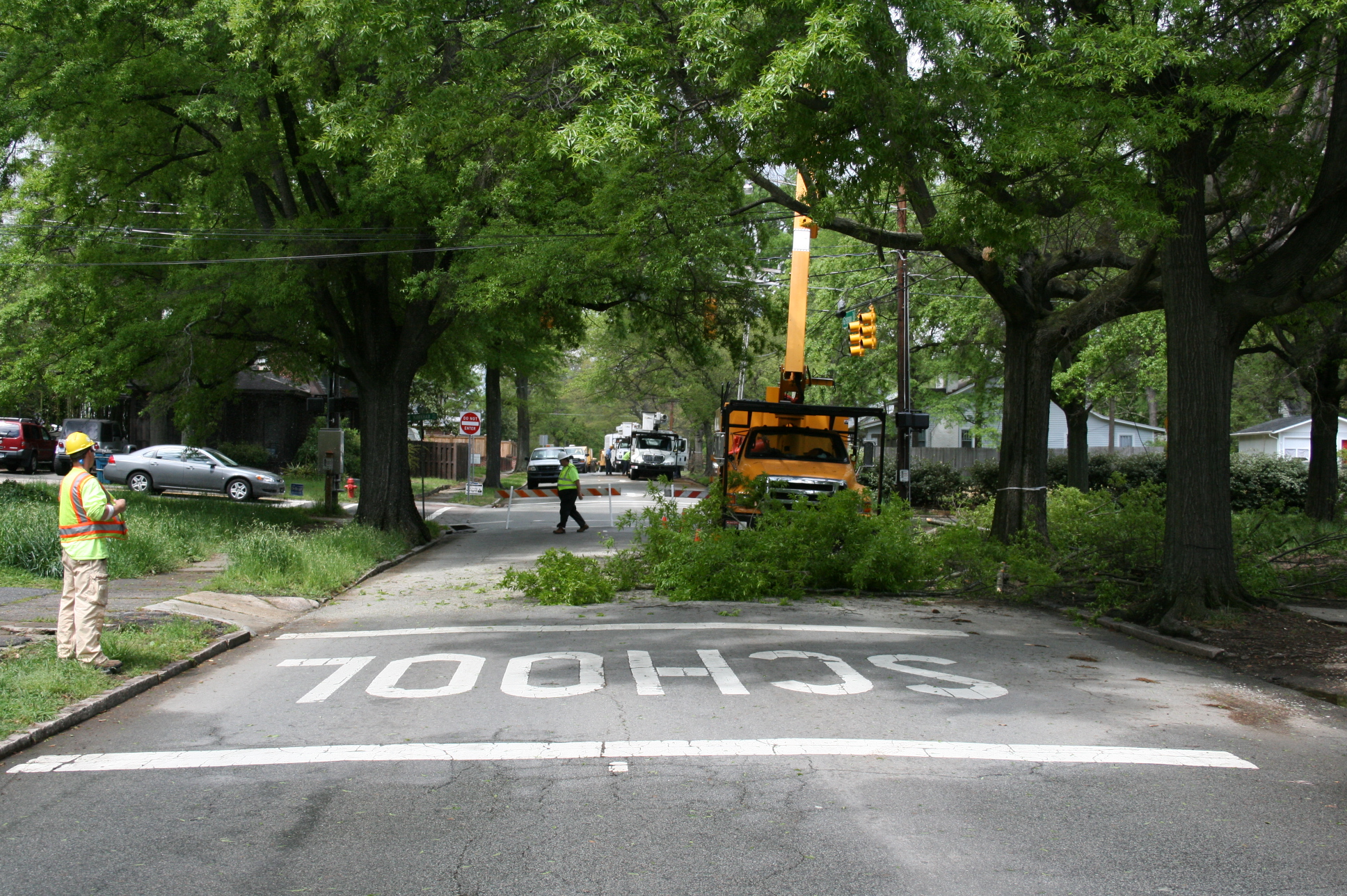|
Populus Simonii
''Populus simonii'', Simon's poplar, Simon poplar, or Chinese cottonwood, is a species of Populus, poplar native to northeast China and to Mongolia, and commonly planted as a street tree in cool temperate areas of Europe. There have been introductions into North America, South Africa, Australia and New Zealand. References Populus, simonii Ornamental trees Plants described in 1867 Taxa named by Élie-Abel Carrière {{Salicaceae-stub ... [...More Info...] [...Related Items...] OR: [Wikipedia] [Google] [Baidu] |
Élie-Abel Carrière
Élie-Abel Carrière (4 June 1818 – 17 August 1896) was a French botanist, based in Paris. He was a leading authority on conifers in the period 1850–1870, describing many new species, and the new genera ''Tsuga'', ''Keteleeria'' and ''Pseudotsuga''. His most important work was the ''Traité Général des Conifères'', published in 1855, with a second, extensively revised edition in 1867. There is a brief biography of Carrière, in English, in the journal ''Brittonia''. In addition to his studies of conifers, he published a number of works in the field of horticulture: * ''Guide pratique du jardinier multiplicateur: ou art de propager les végétaux par semis, boutures, greffes, etc''. (1856)-- book on propagation of plants by seeds, cuttings, grafts. * ''Flore des jardins de l'Europe: manuel général des plantes, arbres et arbustes, comprenant leur origine, description, culture : leur application aux jardins d'agrément, à l'agriculture, aux forêts, aux usages dome ... [...More Info...] [...Related Items...] OR: [Wikipedia] [Google] [Baidu] |
Populus
''Populus'' is a genus of 25–30 species of deciduous flowering plants in the family Salicaceae, native to most of the Northern Hemisphere. English names variously applied to different species include poplar (), aspen, and cottonwood. The western balsam poplar ('' P. trichocarpa'') was the first tree to have its full DNA code determined by DNA sequencing, in 2006. Description The genus has a large genetic diversity, and can grow from tall, with trunks up to in diameter. The bark on young trees is smooth, white to greenish or dark gray, and often has conspicuous lenticels; on old trees, it remains smooth in some species, but becomes rough and deeply fissured in others. The shoots are stout, with (unlike in the related willows) the terminal bud present. The leaves are spirally arranged, and vary in shape from triangular to circular or (rarely) lobed, and with a long petiole; in species in the sections ''Populus'' and ''Aigeiros'', the petioles are laterally flattened, s ... [...More Info...] [...Related Items...] OR: [Wikipedia] [Google] [Baidu] |
Street Tree
Urban forestry is the care and management of single trees and tree populations in urban settings for the purpose of improving the urban environment. Urban forestry involves both planning and management, including the programming of care and maintenance operations of the urban forest. Urban forestry advocates the role of trees as a critical part of the urban infrastructure. Urban foresters plant and maintain trees, support appropriate tree and forest preservation, conduct research and promote the many benefits trees provide. Urban forestry is practiced by municipal and commercial arborists, municipal and utility foresters, environmental policymakers, city planners, consultants, educators, researchers and community activists. Benefits Environmental and health impacts Heat waves cause 1,300 deaths each year in the United States alone, which is more than any other weather-related event. As temperatures continue to rise due to global warming, we can expect to see this numb ... [...More Info...] [...Related Items...] OR: [Wikipedia] [Google] [Baidu] |
Ornamental Trees
Ornamental plants or garden plants are plants that are primarily grown for their beauty but also for qualities such as scent or how they shape physical space. Many flowering plants and garden varieties tend to be specially bred cultivars that improve on the original species in qualities such as color, shape, scent, and long-lasting blooms. There are many examples of fine ornamental plants that can provide height, privacy, and beauty for any garden. These ornamental perennial plants have seeds that allow them to reproduce. One of the beauties of ornamental grasses is that they are very versatile and low maintenance. Almost any types of plant have ornamental varieties: trees, shrubs, climbers, grasses, succulents. aquatic plants, herbaceous perennials and annual plants. Non-botanical classifications include houseplants, bedding plants, hedges, plants for cut flowers and foliage plants. The cultivation of ornamental plants comes under floriculture and tree nurseries, which is a ma ... [...More Info...] [...Related Items...] OR: [Wikipedia] [Google] [Baidu] |
Plants Described In 1867
Plants are predominantly photosynthetic eukaryotes of the kingdom Plantae. Historically, the plant kingdom encompassed all living things that were not animals, and included algae and fungi; however, all current definitions of Plantae exclude the fungi and some algae, as well as the prokaryotes (the archaea and bacteria). By one definition, plants form the clade Viridiplantae (Latin name for "green plants") which is sister of the Glaucophyta, and consists of the green algae and Embryophyta (land plants). The latter includes the flowering plants, conifers and other gymnosperms, ferns and their allies, hornworts, liverworts, and mosses. Most plants are multicellular organisms. Green plants obtain most of their energy from sunlight via photosynthesis by primary chloroplasts that are derived from endosymbiosis with cyanobacteria. Their chloroplasts contain chlorophylls a and b, which gives them their green color. Some plants are parasitic or mycotrophic and have los ... [...More Info...] [...Related Items...] OR: [Wikipedia] [Google] [Baidu] |



